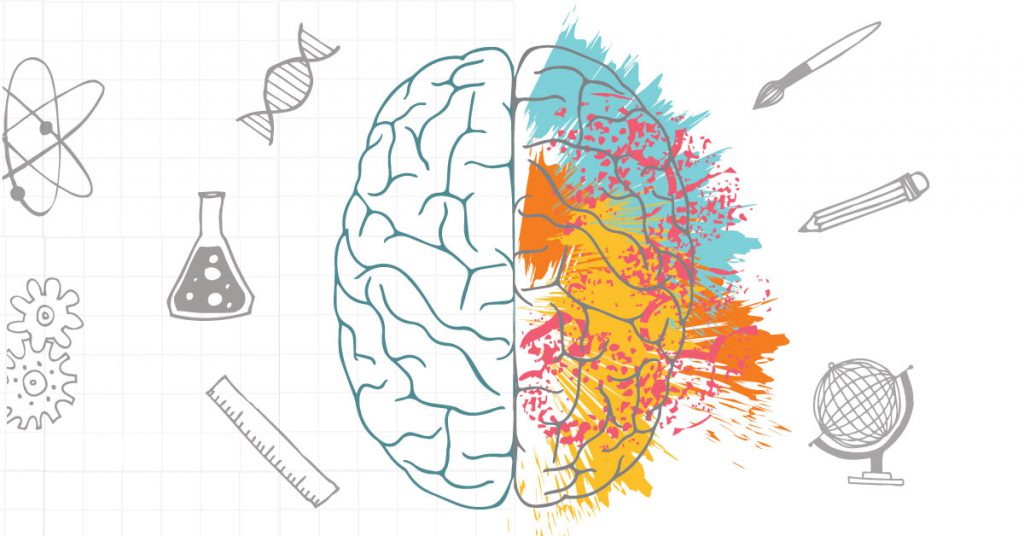
There is a race to the bottom for digital delivery metrics.
As each view or impression is able to be measured, the ability to tell (or sell) a good budget story becomes increasingly attractive. The ability to record and “make sense of” a huge array of data points has marketers scrambling to achieve maximum attribution.
But investing time and energy into mapping out a connected user experience can, for smaller brands, come at the cost of effectiveness.
In order to maintain competitive CPMs, CPCs and/or CPVs, an ever tighter web of targeting data zeroes in on an explicitly defined customer profile.
Good Creative isn’t going out of fashion. It’s not the End of Days for agencies.
But how do we balance the pull towards full transparency and attribution against creating something that makes people want to purchase your brand?
Consuming convenience
The world doesn’t need another comment on how people’s consumption habits have evolved towards more convenient options. It’s written into modern human history. McDonalds. Uber. Netflix. Keychain. Facebook.
This isn’t isn’t an elaborate lead up to an observation pretending to be an insight. But if attention is the current currency of the Digital Age Human, turning millenia of social and economic development on its head, perhaps there’s a new addition to be made to Maslow’s hierarchy?
Price is inconvenient
Friction is a sales killer. Google will happily point you in the direction of millions of people repeating this message.
In an instant gratification economy, the top two sources of friction are paying and waiting.
It’s interesting that Spotify exists at the tension point between these two spaces – paying means you don’t need to wait (for ads) to hear the music you want.
Subscription models work to remove the friction of individual transactions – from music to movies to meal prep to manscaping… But there’s still an opportunity cost to spend our hard earned money on all of these services.
So as much as Netflix is the hero of digital content delivery, Google/Youtube and Facebook still reign supreme in content consumption. Free finds a way.
Terms are inconvenient, too
High profile data scandals around the world have taught the average internet users that they’re being tracked by the “free” services they use online.
We know Facebook is following us around the web; that Google is listening to our conversations.
It doesn’t matter how much Mark Z denies Instagram uses voice recordings to power ads, everyone has experienced being served ads for things they simply never discussed or searched for online.
But in addition to the regular suspects, even the services we pay for are getting in on the data party. Your favourite services might not be selling on your data to advertisers (yet), but the thing about data is that it rarely exists in one place, and it’s rarely as secure as we believe.
Buried deep in the fine print of every online platform are countless justifications for how and why any particular website needs to collect your data and provide it to their partners.
This excellent interactive NYT article provides a nice visualisation of how they get away with it.
Convenience marketing
Data evangelists exist on both sides of the agent/client relationship (but I only see one group with silly job titles). Ready access to endless data has fed a growing desire for full transparency – the glut seems to increase this appetite rather than sate it.
Data driven “insights” (or observations) guide decision making – dollars are invested where CPM is lowest, or clicks are highest. This is fine where those channels are effective, but anyone can get a low CPM on Facebook’s Audience Network if that’s what they want.
There’s no “fault” to be attributed here. Advertisers, especially us “digital-first” generations, are just as susceptible to backing up a choice with a cherry picked statistic.
Results are results – if it generates sales, it works. But this mindset risks accelerating short term thinking in a similar way to instant gratification consumerism. Where strategy is ignored for a series of micro objectives, no long term plan for growth can be developed.

Creativity is hard. Good Creative is much harder. Targeting, by contrast, is quite easy – though developing the targeting models can be very time consuming. The digital giants have done as much as possible to reduce any barriers preventing people from spending money on their platforms. They spend big on education, on tool development, on increasingly distinct targeting…
Why invest in Good Creative when surprise can be delivered through targeting? Tracking pre-purchase behaviours can define the exact moment and platform to deliver a simple message that nabs the sale. But this kind of frictionless purchase prevents brand building. There’s no stickiness.
Data is important. Creative isn’t everything. Leaning too far either way will, like an imbalanced spinning top, eventually get the death wobbles and fall apart. Balance, as in all things, is key.
